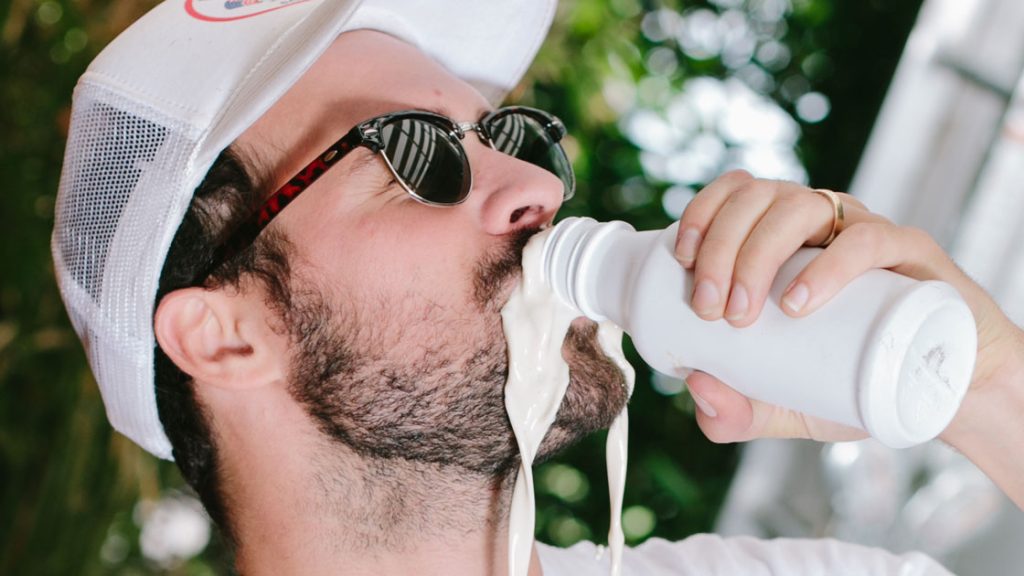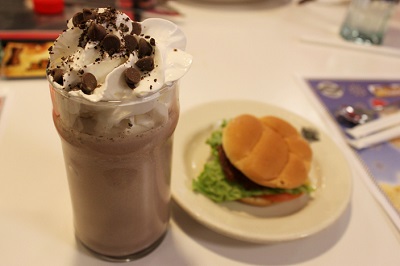Health
Soylent 2.0 To Soon Make Its Market Debut In A Whole New Avatar
Alternative food company Soylent announced on Monday the upcoming release of Soylent 2.0, which will come pre-bottled when it’s available in October at the price of $29 for a 12-pack.
The company’s mission is to replace less sustainable food sources like animal farms while making it easier for consumers to get the nutrition their bodies need with minimal effort.
What Is Soylent?
Soylent is a powdered meal replacement product, advertised as a “staple meal”. Its creators state that Soylent meets all nutritional requirements for an average adult.
The product was first created and tested by software engineer Rob Rhinehart as a self-experiment in nutrition. Subsequently, Soylent was developed into the first product line of the company Rosa Labs, who currently markets and sells the formulation.
More On The Beta Version
Soylent says the new meal replacement product contains all the essential nutrients a human body needs. According to Soylent’s website, each ingredient plays a specific nutritional role:
- Soy protein keeps you full and improves digestion;
- Algal oil provides energy and essential fatty acids;
- Isomaltulose is a slow-metabolizing sugar that provides similar sustained energy as refined sugar without inconvenient spikes and crashes.
Soylent 2.0 is the company’s first pre-bottled product, with each bottle containing 20% of all the essential vitamins and minerals you should be consuming each day. It doesn’t require any preparation and can remain unrefrigerated for a full year.
The product is 100% vegan, with half of its fat energy coming from farm-free algae sources. However, the drink is controversial among health experts, many of who have expressed skepticism over Soylent.
Healthy Competition
Though the new bottled version is being compared to existing food substitutes such as Ensure or Boost, Rhinehart notes that Soylent differs by acting as an entire meal substitute, rather than a periodic supplement. Those types of ready-to-go meal substitutes tend also to be fairly expensive or not completely nourishing, two qualities Soylent tries to fix.
“They’re really not sustainable,” Rhinehart said. “I mean, they’re loaded with sugar, they’re just way too sweet, and they don’t really have the macronutrient balance or the glycemic index that I would feel comfortable sustaining myself on or a user on.”
Nutritions For Sale
The Food and Drug Administration classify Soylent as a food product, rather than a dietary or nutritional supplement. The company advertises itself as a “meal replacement” and brandishes that consumers are able to drink Soylent for all meals and gain the required nutritional impact.
For the most part, current consumers tend to just use Soylent as a replacement for some – but not all – meals. This has no reflection on the product itself, though, which nutritionists have said solves all dietary needs of the consumer with no known adverse side effects.
Demand For A Less Complex Meal
Though very few of the products have caught on globally, the popularity of Tang, Ensure, and now Soylent show that society is still looking for some type of global solution to the complex meal.
It makes sense because the average American spends $151 a week on food. Though the United States only spends 6.5% of disposable income on food, many other countries spend upward of 30%, according to US Department of Agriculture estimates.
Tried & Tested
Rhinehart says he mostly subsists off the product; between 80-90% of his diet is Soylent, he says.
“I’ve largely switched to the drink,” he says. Since Soylent 2.0 doesn’t need to be refrigerated until opened, Rhinehart says he’s also gotten rid of his refrigerator.
The powdered version of the product, more efficient and easier to package than the 2.0 version, is expecting its own reboot later this year.
The Soylent Target
Americans spend about 30 minutes a day on meal preparation, and in many countries, that time is longer. To figure out some way to not only reduce the time, but the cost, of food would be a key step in securing economic stability for many struggling to afford a healthy meal.
Soylent hopes that its new 2.0 version will allow it to appeal to non-loyal users or those outside of the startup scene who are familiar with analogous bottled meal substitutes. However, at this time, the company has no plans to sell Soylent in stores and instead operates as an online purchase or subscription model.
Drawbacks
In addition to problems the company faces with marketing the creation of the product itself, those with some dietary restrictions may not be able to use it. Though it’s vegan, Soylent is not organic, not kosher, and not gluten-free. Some have also said that it doesn’t provide the proper dietary breadth for the average healthy American.
Other people and companies making Soylent shakes have been able to appeal to consumers looking for a meal replacement but facing dietary restrictions. While Soylent focuses on affordability and base nutrition, some creators focus on making their drink healthier or more varied or for different people with dietary restrictions.
Soylent’s “DIY Soylent” section allows for recipes involving its product from the community, some of which offer new flavors, added nutrition, or tips on how to live off the product.
“The philosophies of the nutrition are of course the same: we’re seeking to provide full daily value requirements in a sustainable fashion,” Rhinehart concludes.



























